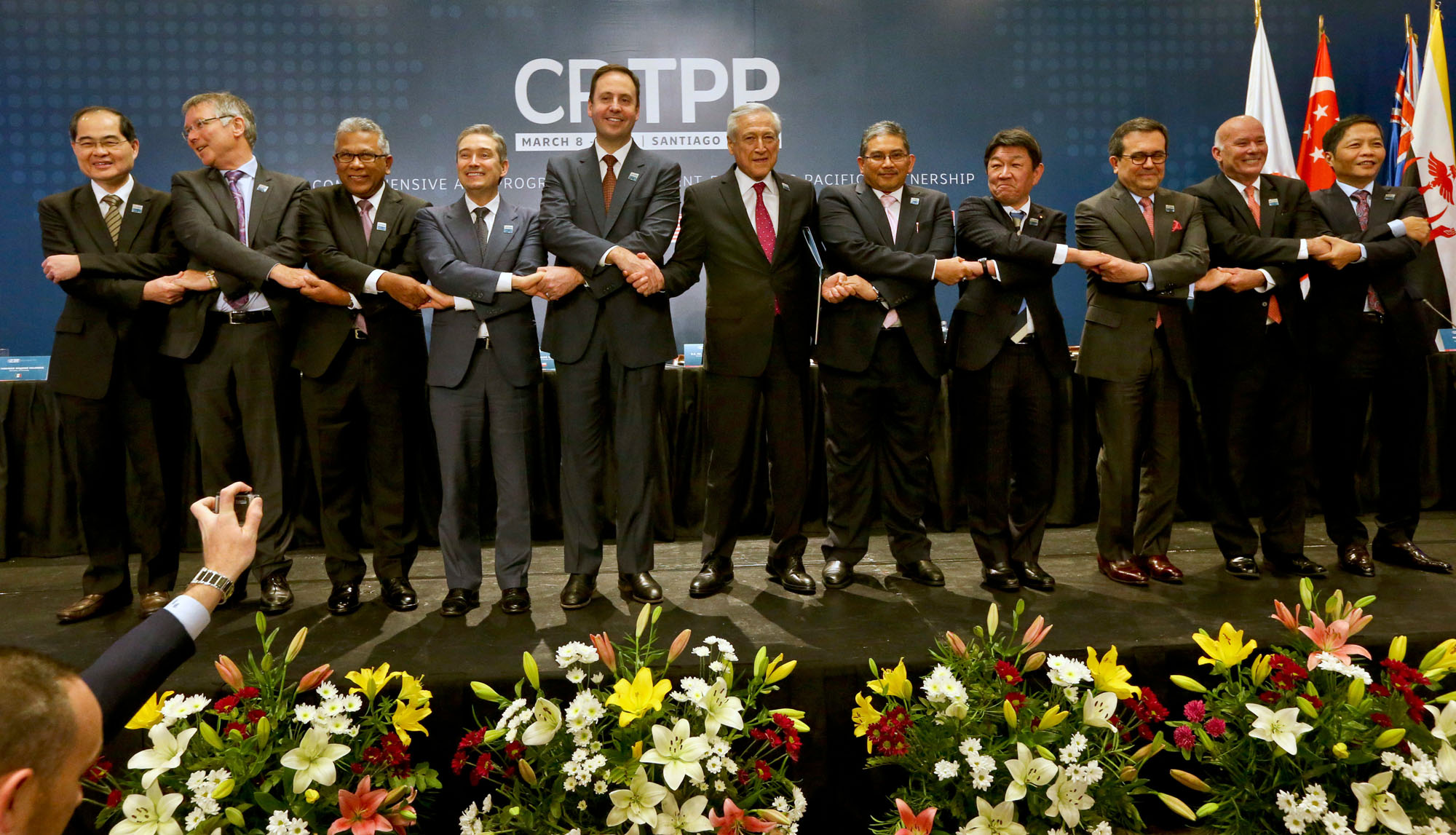With the "One Belt, One Road" initiative and other policies, China has unveiled its own vision for regional order in an effort to expand its political and economic influence. Meanwhile, the United States has decided to impose sweeping tariffs on major Asian trading partners, including China. This decision by the Trump administration has prompted significant resistance and concern from the affected countries, and has made the outlook for East Asia even murkier. With all this happening, Japan finds itself in an extremely difficult position as it strives to maintain a regional order that is favorable to its own interests.
That is not to say that Japan is standing idly by. In addition to the bilateral approach Japan has traditionally assumed in its Asia policies since the end of the Cold War, it has gradually placed greater weight on multilateral initiatives. Given the even greater difficulties of today's climate, Japan is arguably placing even more importance on multilateral diplomacy and pursuing a multilayered, multilateral regional strategy.
In specific policy terms, the most obvious measure is promoting integration of the Asia-Pacific region based on the Comprehensive and Progressive Agreement for Trans-Pacific Partnership, often referred to as the TPP 11.

















With your current subscription plan you can comment on stories. However, before writing your first comment, please create a display name in the Profile section of your subscriber account page.